When it comes to making the most of your work-from-home experience, routines are king. But what happens when your routine is based around what you feel like you should be doing and not what will truly make your life easier or touch on your personal core values? Well, you probably guessed it, less than stellar productivity levels and a lackluster sense of overall fulfillment. If you know your routine needs a refresh, you’re in luck with today’s episode! We’re bringing Kendra Adachi, host of The Lazy Genius Podcast on the show to break down how to create a work-from-home routine centered around what matters most to YOU – and not the uber-productive highlight reels you might see your competitors posting on social media ;).
Let’s be friends! Find us on Instagram http://instagram.com/bizbirthdaybash @bizbirthdaybash. Grab your FREE Training — 4 Essentials You Need to Turn Your Biz into a Profit Party: https://bizbirthdaybash.com/free-training
It’s easier to problem solve when you identify small challenges and tackle them little by little!
“You’re just trying to make your life a little bit easier every day. You’re not trying to build a big machine and then press a button and automate your life. You’re not a robot.” – Kendra Adachi
[10:33] Elisabeth
When you talk to your friends, Kendra, who work from home, and that’s a lot of us now that COVID happened. What do you think their biggest struggles are? And then we can of course jump into maybe how to solve some of these.
[10:47] Kendra
See here’s the, here’s the thing that we often do with life categories like this, like really, really big ones, right? Like working from home time management parenting, you know, like there are all these really, really big categories.
And so often when a big category is overwhelming. We try and find a big solution to solve that big problem, right? Like I think everybody listening could say, I just can’t figure out like how to work from home and how to have a healthy work-life balance. What do I do? What am I doing wrong? And I just wanna say, this is the least sexy approach ever. It is not very flashy because what we want are big solutions and big machines and big formulas and like, okay, you’re gonna follow these seven steps. And then you’re gonna do these four things every day.
And then you’re gonna set your desk up like this and all of that. And that is not practical. If there was a way for us to solve work life balance and working from home universally. We all would’ve done it by now. right. Like we, we would’ve done it. We, we wouldn’t still be talking about it. And so, and the reason we’re still talking about it is because we all have different, small challenges in that.
Like we can, everybody listening might struggle figuring out how to work from home. Well, but the challenges that impact that struggle are different for all of us. So that’s why it’s not that there is like a consistent. Small challenge. The consistency is we’re all missing the small challenge in our own lives.
We’re all focusing on a bigger thing rather than drilling down to the smaller thing that we can actually create a solution for. So I think that’s where that’s where I encourage people to start is to make it smaller, make your timeframe of when you’re trying to. Create a solution, make your timeframe smaller, make the challenge smaller, and make the solution smaller and then something might actually work. And then you just keep doing that every day. You know you’re just trying to make your life a little bit easier every day. You’re not trying to build a big machine and then press a button and automate your life. You’re not a robot.
“I need to make SO many changes! How do I choose just one small first step?!”
“The goal is to start looking at the challenges in front of you and for you to have the perspective of, I cannot solve this all at once, so how can I tackle one thing that will make today feel a little easier?” – Kendra Adachi
[13:40] Elizabeth
How can people break challenges down into small chunks and determine what their first small step towards change should be? Do they need to sit down with pen and paper? What do you recommend?
[14:00] Kendra
That’s a great question. I think the place to start is to actually look at your next stretch of time. Okay. So we think like we have this job, we have this business and like, we’re gonna be doing this until we don’t see an end. Right. And it’s hard to problem solve without some sort of end, without some sort of marker.
So if we start by naming a stretch of time, that’s in front of us. Okay. So what is going to, what challenge do I need to solve between now and whenever? And it’s arbitrary. It could be like between now and the end of this project between now and the end of this launch between now and the end of the school year between now and the end of the summer.
Like, you know, between now and the end of Christmas, like, whatever you wanna say. And if you can’t think of an actual thing, you can just be like the next two weeks. Like you just kind of make it smaller. Another way that you can narrow down your time stretch is to ask yourself how often have I said this sentence? “If I can just get through this project, this launch, this week, etc. then everything’s going to feel better?” If you are finding yourself saying that you have congratulations, you have named your next stretch of time.
So that’s where I think it starts. It’s better to problem solve on a smaller time scale, start with time. So for example, let’s say your time stretch is next week. You want to think about it proactiviely. So ask yourself, Next week, what challenges are likely to come up? What is something that is making my work or personal life harder this week? What am I dreading? What is draining my energy? What is frustrating to me? Like kind of find whatever that pain point is.
Now, you’re probably gonna have a lot of pain points, especially if you chose a longer stretch of time. So it could be good to get out a piece of paper and you go, okay, my next stretch of time is this. And then you brain dump. Then you just write down like, okay, what are all the possible challenges that I’m gonna come up against? In this next time stretch. Right. And just write all those things down, just jot ’em all down and then you look at those things and ask yourselfwhich one of these, if I solved this problem for this period of time, would kind of make the rest of those things, feel a little easier. What’s the most important challenge to tackle? And then you can apply lazy genius principles.
From the lazy genius way. There are 13 of them. You can apply any principle to that problem for that time stretch. And then you do that again. And then you do that again and you pay attention every day that you’re working.
I don’t want this to feel like adding something else to your to-do list. Instead it’s more of a mindset for you to look at what is in front of you and for you to have the perspective of, I cannot solve all of these problems at once, so how can I at least make today feel a little easier?
The Work-From-Home Uniform: How to Stop Wrestling with Decision Fatigue
[20:00] Elisabeth
So the first principle that I pulled from your book that was really helpful for me was to decide once. Specifically, I loved your idea of setting a specific outfit to wear, I think can especially be helpful for people who work from home when like the last thing you want to do in the morning is get dressed up.
I don’t have anyone to impress and I think that’s part of like what makes it so hard, right? Sometimes I think it would be easier for me.
I would be a little more intentional with it if I did have someone to impress, and that’s why I just like roll out of bed and throw on a pair of leggings and a t-shirt.
[21:00] Kendra
Oh, yeah. That aspect sucks for so many people, so let’s dive into this for a second. The idea of decide once is what it says. It’s you make a decision about one thing one time, and then you keep doing that thing until it does not serve you anymore. The key thing here is that you’re allowed to change your mind and stop. You can pivot, in fact that is even encouraged if the previous decision is no longer serving you.
I just wanna give you permission that if looking or feeling put together stereotypically put together, like if for you that means you’re wearing hard pants or something. If that matters to you, then deciding once is a great thing to apply to your outfits. You know, because you can decide I’m gonna wear jeans and a t-shirt and a blazer or something like whatever that is.
But if it does not matter to, doesn’t affect your productivity, overall feeling etc. you can totally wear leggings and a t-shirt for three days in a row. That’s the thing that I feel is really, really important. It’s not that we are trying to move everyone in the same direction towards the same goal. We all have different goals and we all have different things that matter.
So I don’t want anybody listening to hear this and go like, oh yeah, I should probably wearharder pants when I work or maybe I should sort of dress like I am going to an office. You shouldn’t exert the extra effort it takes to do that if it doesn’t matter to you.
Overcoming Loneliness When Working From Home: The Lazy Genius Way
[26:13] Elisabeth
I remember when I first started working from home, I felt really lonely. There was a drastic transition period, going from an office space where I had coworkers nine to five every day to just being by myself in my apartment. Something that I think could have helped me in that season was maybe deciding once that there was like a day of the week that I went to a coffee shop.
[26:40] Kendra
Absolutely. Yes. Helping build something into my routine to get out and have some people interaction because that matters to you and affects your energy levels.
Setting Better Boundaries Around Answering Emails When Working From Home
[27:00] Elisabeth
The last one I had written down for decide once is your email inbox. So I think that all of us have different levels of how we handle emails. I can be a little insane that I like to like check it and have inbox zero at all times. That is my preferred way, but some people would rather not look at it for three days. So I think it’s good to decide once in terms of like what matters for your email inbox.
[27:24] Kendra
Absolutely. That’s where the lazy genius approach always starts is just asking yourself, what matters about this to me? Because I could give you like how I approach email, but I have a different priority than probably 95% of the people listening because we all have different focuses.
I’m the same way as you Elisabeth. I’m very much an inbox zero person. I have to like calm down my nervous system. when I see screenshots with all the red, all the red notification numbers on people’s like texts and it just freaks me out. Whereas my husband, I mean, I think right now he has like almost 2000 unread emails and, and I’m like, babe, do you want me to go through all this? And what I’m doing there is I’m projecting what matters to me onto him. It doesn’t matter to him to have those notifcations sitting there. . And so I have to learn to kind of let go of that.
Another idea too, for those of you who really prefer inbox zero, but also, don’t always have time to create thoughtful responses immediately, what I will do is just decide once like set a block of time to respond to emails. It’s not the same block of time every single day, or even throughout the week.
But when I look at my weekly schedule, you know, or even just like at the day and like, okay, where do I have a 30 minute block where I’m still like, I’ve got energy, but I don’t need to be like super on or super creative. This is when I return my emails. I like to end every day at inbox zero, but I don’tt have keep it that way constaly. That’s my own priority. So it just depends on what matters to you.
[29:40] Elisabeth
Yeah. I have a good example about email in terms of what matters too. Early on in my business journey I made a pretty conscious choice that my email was only going to be signed in on my computer. So any email accounts that come through on my phone, like my mail app on my iPhone, that’s like my junk fun email that like I get my promotional emails from stores and stuff and those all go to a specific email address. And that’s okay for me to have on my phone with notifications sitting.
But for my business email, I I’ll look at it on safari sometimes on my phone, but I don’t have that in an official mail app, because I’ve purposely decided like, for me, that having that on my desktop is what matters. And that allows me to like focus and give it the attention I need. So that was something I decided once early on and have like stood by .
[30:35] Kendra
Yes, absolutely. I love that. And again, it’s so good to hear those specific examples, but for people listening to understand that’s such a great choice for you because that’s what matters for you.
That actually reminded me that I had taken my work email account off my email app and then I put it back on during the book launch. And I need to take it back off again because I don’t need it to be so accessible to me during this season. Like I’m checking my work email more often than it’s necessary when I would rather be doing other things because of the accessibility of it.
I loved it when it wasn’t on my phone. And so I’m like making a note for myself: Remove your work email from your phone again, Kendra. We’re past the season of needing to check it so often.
Want to Have a Thriving Creative Business? Start Small. Here’s How!
[35:32] Elisabeth
One thing that stood out to me in your book you said if you want to have a thriving business, reach out to one potential client a day, just start small.
And I thought about how that could apply to those starting out in the creative industry. So some ideas for them could be starting sall by just reaching out to a wedding planner or a vendor that you might wanna work with or an artist you might wanna collaborate.
[35:50] Kendra
Yes. I think that when we’re trying to build a business, we tend to approach it like it’s a big machine we’re building that requires a big plan and solution up front.
We start going at it like, “I’m going to build every aspect of this business.” It’s like creating a luxury hotel with a ton, a ton, a ton, a ton of rooms and all these amenities before you even know who your customer is, and then you open the doors and nobody books.
Which in reality, a hotel needs to operate that way. A hotel needs to be at like full functioning capacity before it lets people in.
But when you’re building an e-commerce site like this, you actually don’t have to have the whole thing built because you don’t really know what it is yet. And it kind of keeps you from being able to adjust and pivot as you learn your own craft, as you learn your customer, as you learn what energy is required of you for your job.
So I think that starting small while not super fun. Every time I share, start small as a principal, I can just sort of feel like the simultaneous, like frustration of like, no, I wanna go big start small. People get frustrated by this principle, but then also at the same time, there’s this deep freedom in it because it’s like, well, this is actually doable.
So that’s a great example of like, if you’re wanting to build your business, it’s not that you have to have this like, incredible rolodex of like all these contacts all at once that you can just like start small just by making a list of other people in your industry that you would like to connect with.
You know, that could be the first thing that you do is just make a list of those people. And then the next thing would be like, okay, well, Let me reach out to one of them, you know, let me just send one of them a DM, or let me spend the next few days, the next week, just thinking of what a fun collaboration could be with this specific person.
You know, it’s not that you have to build this thing that can just like launch from zero to 60 right away. You know, you can, you can break down like a goal like that into really, really, really tiny pieces and all of those pieces matter. And here’s the. You would have to take all those steps anyway, you know, like when you build something big, it is made up of a lot of small steps.
Yeah. So rather than seeing it as like, I need to get to the end of this big thing, just be like, I’m just gonna take some small steps in the general direction. I know I wanna go, but then you have the freedom and the flexibility to be able to adjust as you go.
Build a Work-From-Home Routine That Works FOR YOU
[39:09] Elisabeth
Kendra, what helps get you in the mindset to work? For me, it is really sitting down and turning Spotify on. I feel like if I have my music going, that is what gets me in the mindset to work.
I know Cami needs to have like three cups of coffee in the morning before she even touches anything. I, on the other hand would just about keel over. If I started my day, that way. But we all have to discern how we’re gonna start our days. And in your book, you say to ask yourself the right questions, and one of those is what matters about my work today.
[40:00] Kendra
Yeah. I think that, so a lazy genius routine is less about we’re gonna do these six specific things in a row, right? It’s more about, I need to do this. This is where I need to go. This is how I need to feel.
Well, actually, let me pause for a second ask you this question. When you play, when you play your music, what feeling does that create in your body and your environment. Is it calm? Is it energy? Is it inspiration? What does it create?
I think it creates the environment of focus because then it’s, for some reason it’s like having that music on in the background for me, it gives me a reason to like sit here and be at my computer because I’m listening to something I enjoy. So it is a bit of like that calm kind of that focus of like, okay, I’m here and this is what I’m doing right now.
Right. That’s that’s good. And I think that what is so important. For us to start with because another lazy genius principle that is sort of like under, is an undercurrent of so many things is to go in the right order. And so many times we do the right things, but we do them in a, in kind of a wonky order.
And then we don’t get to experience kind of the benefit of those things fully. And, and I think that happens a lot with routine is we try to go like, okay, I’m gonna light this candle, I’m gonna do this thing. You have your list of your things that you’re gonna do. And you miss the first key step of determining what is it that you’re wanting to feel when it’s all done.
Think about starting your Workday. What mindset do you wanna have? And again, we all have different ones and that’s why naming that is so good. And that’s why I wanted to ask you. So if it’s like calm and focus, knowing that also with that, it does a couple things. It helps you. Parts of your space of your environment and even of your routine that you’re like, you know what, this does not make me calmer or more focused so we’re gonna get rid of this. That’s why you don’t drink three cups of coffee because for you, that doesn’t create a sense of calm or focus.
And what it also does is let’s say you have a person has like four or five things that they do ideally like to do to begin their Workday. If you are rushed, if you are behind, if something goes amiss, because things often do. You do not have time to do those four or five things before you begin your work. You now have the freedom in yourself to go like the four or five things are not what’s important right now, the feeling that I get at the end of those four or five things is what matters.
So which one of these things can I do to create that overall feeling I’m going for? If I can’t do all four or five, let’s pick the most important one. And for you, it sounds like it’s the music. Like you don’t really need a lot of other things. If you play your music, you really are good to go because it’s creating the environment and the feeling within you that you need to do your work.
And so if we start with that, if we start with thinking about a routine is less about this list of things you do, and more about the direction you are going, the feeling that you want at the end of those things, the simpler you can make the routine and the more it can impact you, no matter what else is going on in your day.
The Key to a Stellar Work-From-Home Routine: Ignore What Everyone Else Swears By
[44:13] Elisabeth
Do you have an example of something that works really well for you or other like case studies that you’ve heard as far as routines go?
[44:30] Kendra
I think that it’s important to know that sometimes like your beginning work routine has to shift based on the time stretch that you’re in and right now.
For instance, right now I’m in this offramp of exerting a lot of energy and working a lot during my book launch. So, because I’m on this off rampI am actually starting my workday later than usual.
I’ve been getting ready after my kids go to school rather than waking up before them to get that done and then having a cup of coffee, like kind of slowly taking my time, like scrolling Instagram for fun, reading a book, you know, just kind of hanging out and being a person because I haven’t been able to do that as much in that busier season.
And so right now I actually want my energy as I begin work to be more settled because I have naturally what I call a caffeinated squirrel brain. Like my default brain is a caffeinated squirrel, just like going crazy all the time. and so I have to, well, I don’t have to, in certain seasons it really benefits me to let that caffeinated squirrel just run.
And then in other seasons it’s beneficial for me to like calm her down and be like, Hey, you know what, we’re good. We can start slower today. And right now I’m in a season of that. And so my routine looks different really every day, but usually I don’t go into my office until, like at least 8:30 and I’m kind of giving myself that permission to slow down in this season.
Yeah. I love that. I can totally get that too, because when my husband and I went to the UK, which is where I told you I took your book with me, The Lazy Genius Kitchen. I felt like the caffeinated squirrel leading up to that tripbecause I was getting up at 5:00 or 6:00 AM, which for anybody who knows me, a lot of people who listen to this podcast, do that’s not normal for me.
Like I’d rather start my Workday by 10:00. That’s what works for me. But in those weeks leading up to the trip there was so much that needed to be done that I actually kind of took joy in that of having my routine be a little different than it is usual.But on a day to day basis, that doesn’t work for me. I don’t know what I would do with myself if I woke up at 6:00 AM on a regular basis. I would be like putzing around not doing anything.
So, that leads me to like the next point, which I bolded, because I feel like this is one of my favorite things that you have said in your books and that you say all the time, which is ignore what everyone else swears by because we feel so much pressure to do what we should rather than what we want to do.
Yeah. And for me, for a long time, that was the pressure of waking up at 5:00 or 6:00 AM in the morning. I used to think well, if I’m gonna be a successful entrepreneur I have to wak up at 5:00 AM. You know, I could list off all these names that have the 5:00 AM mornings. That’s like what leads to success. And I’ve spent years trying to unpack that and just learn that it’s okay for me to ignore it.
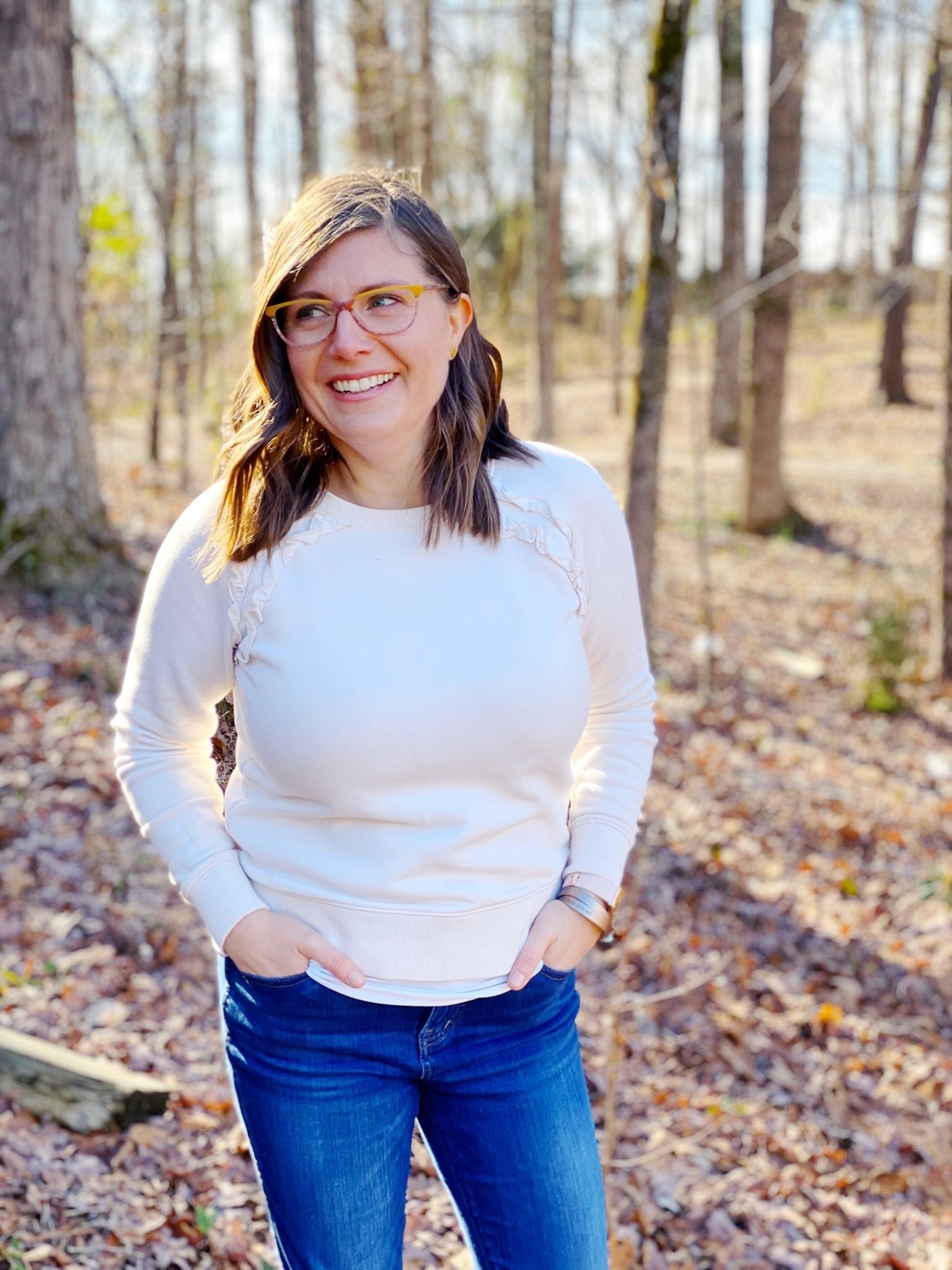
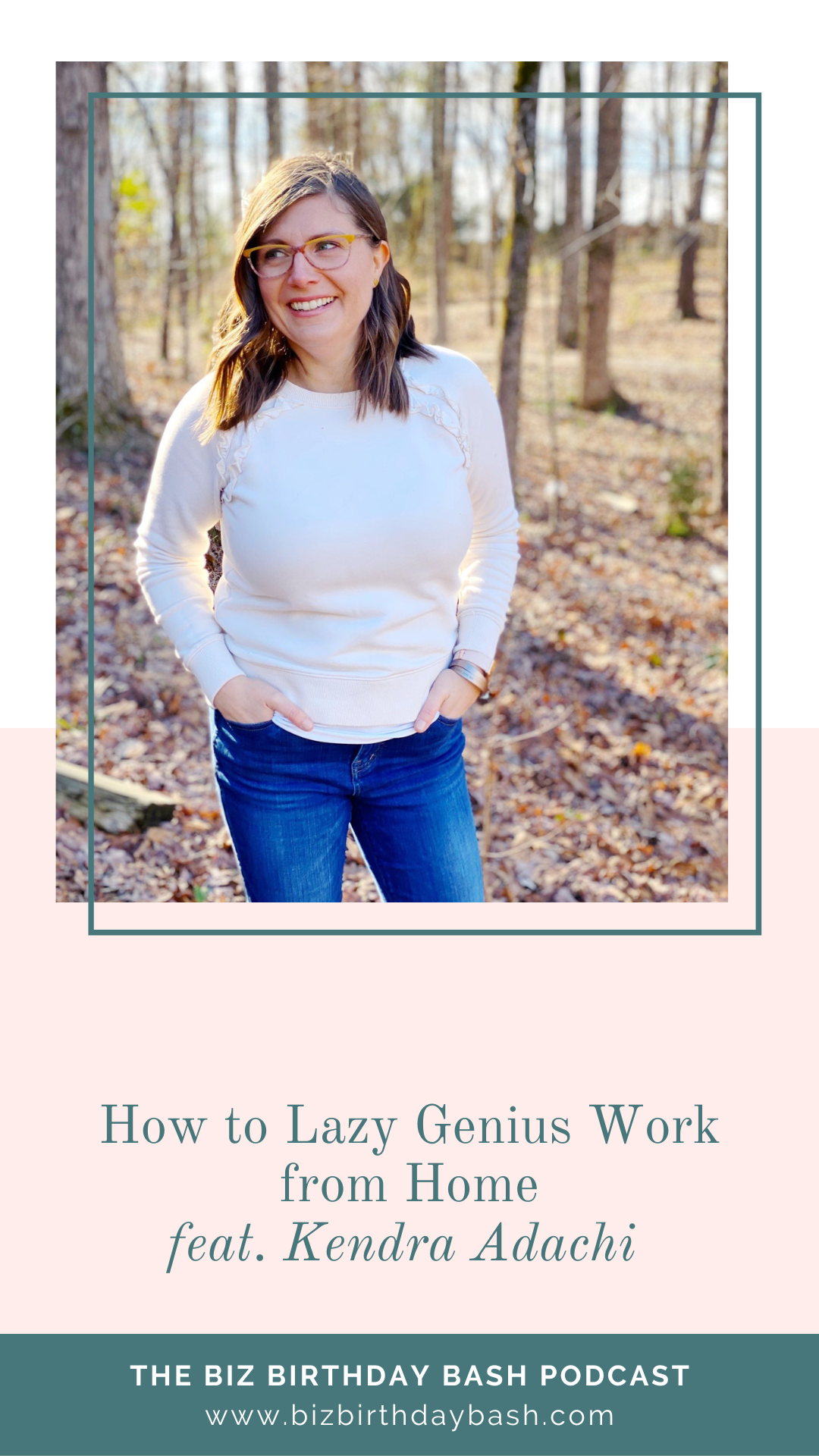
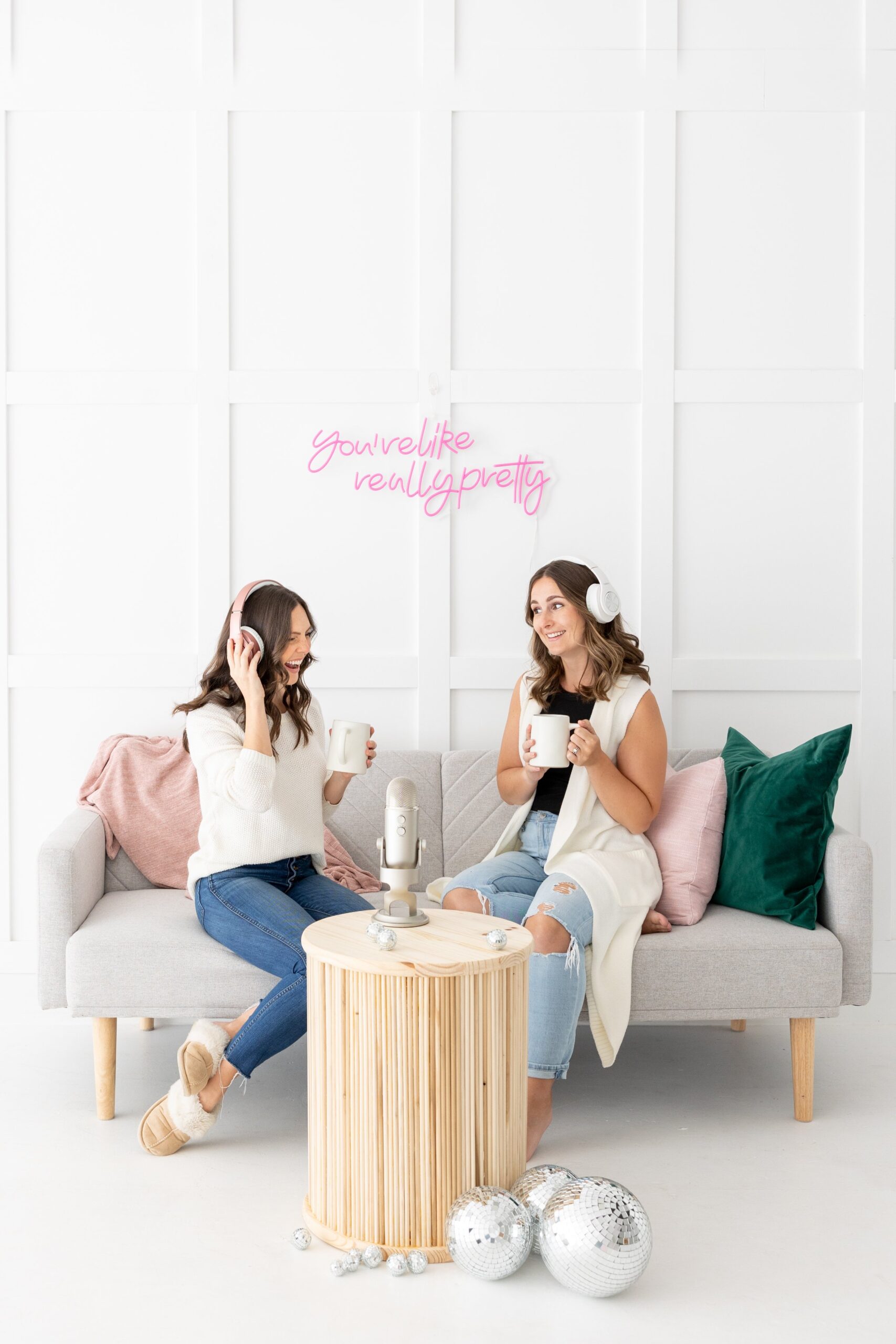
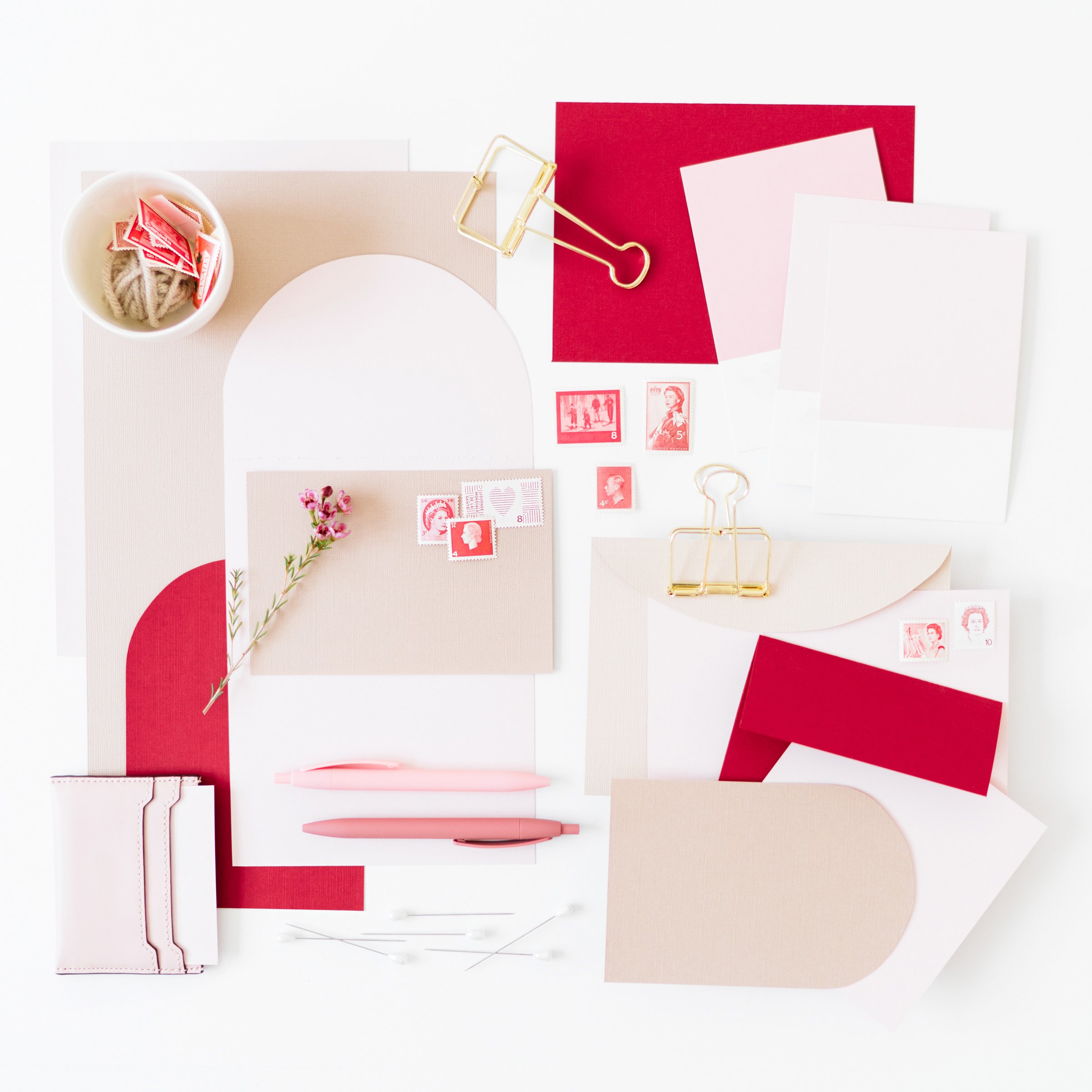
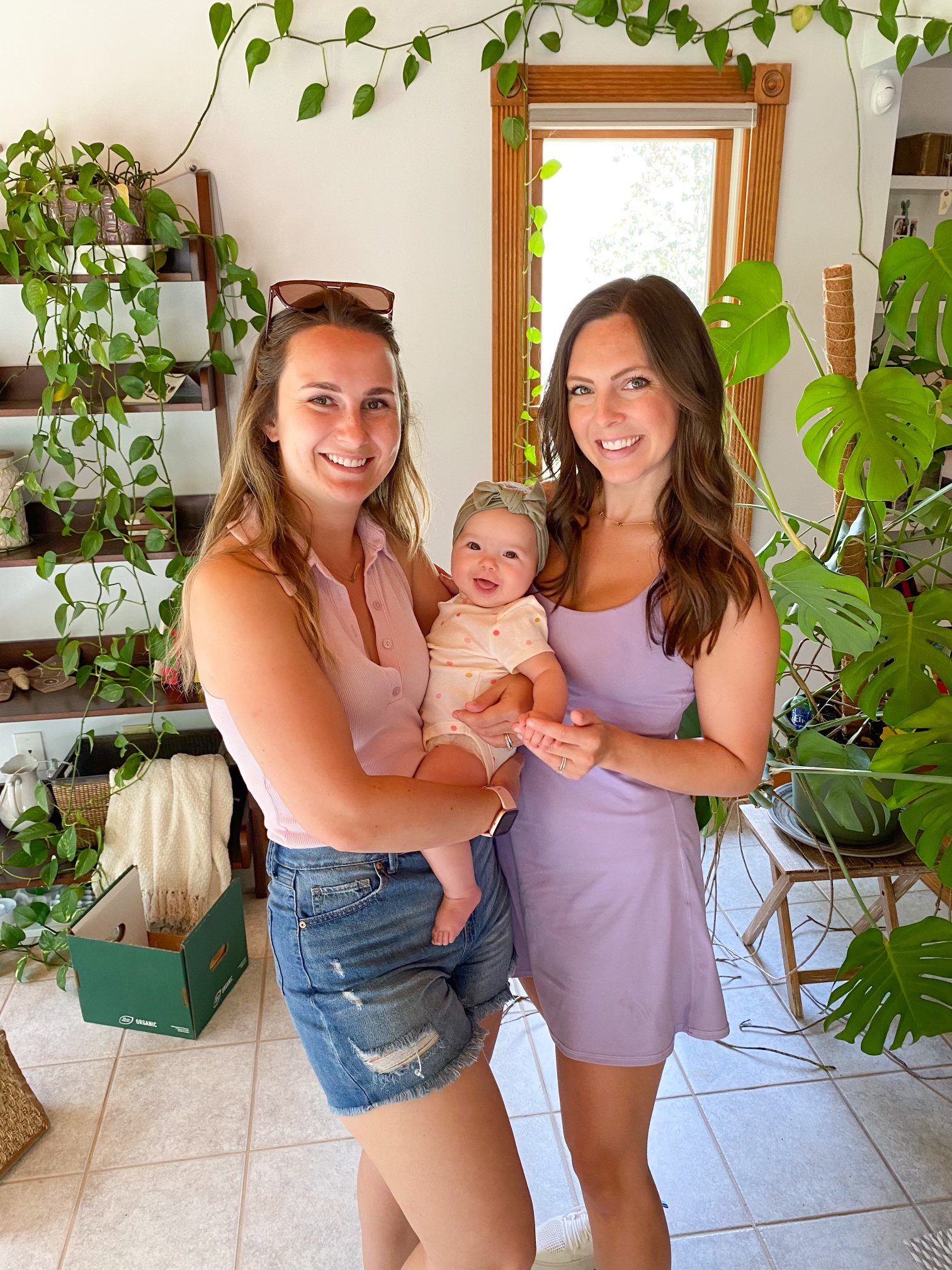
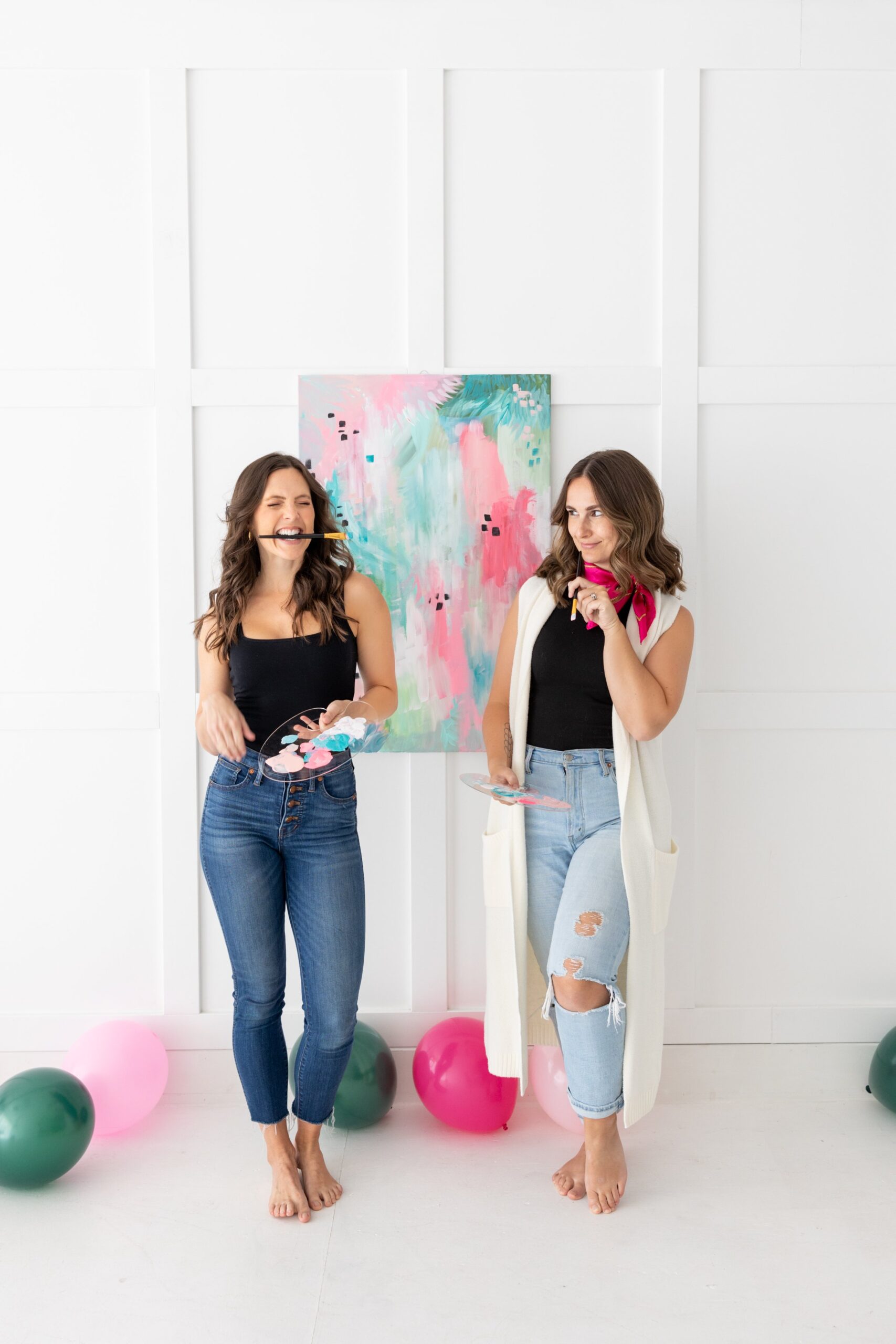

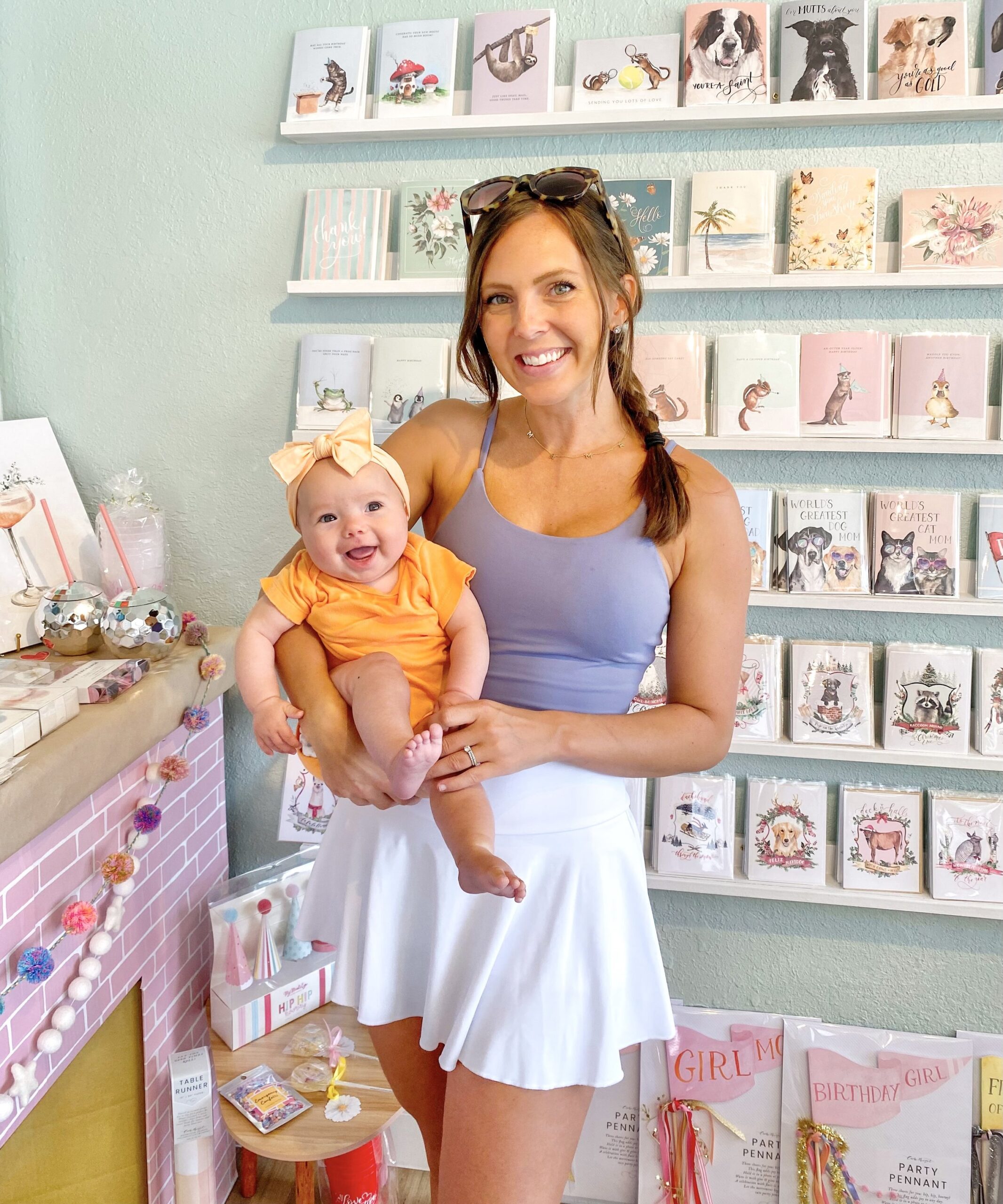
+ show Comments
- Hide Comments
add a comment